Underbite correction is often an essential part of creating a great-looking smile. But can you use veneers to correct an underbite? Yes, however, there's a little more to it than that. Here's what you should know about using veneers for underbite correction.
What Is An Underbite?
An underbite is a form of misalignment in the mouth where the lower teeth extend past the upper teeth while the mouth is closed. This is a relatively common issue thought to affect as many as 10% of people worldwide.
Despite being common, underbites can cause various issues ranging from impacts on sleep quality to overall self-esteem. Some experts consider underbites to be a serious problem, so it's essential to seek treatment.
Typical effects of underbites include difficulty speaking, pain in the jaw and mouth, headaches, ear discomfort, and hypertension.
The causes of underbites vary. Factors like genetics, excessive thumb sucking, or an improperly-healed jawbone can all help create underbites.
How Can Veneers Help?
Using veneers is an option when the underbite is very mild. With this approach, the veneers can sit in place to help create the appearance that there's no underbite at all.
In this situation, the veneers are placed on upper top teeth, rather than the bottom teeth where the problems are. This is a particularly useful approach when it's done as part of a broader treatment plan for the underbite.
Possible Problems
Veneers aren't the best option for all situations with underbites. If the lower jaw is too far forward, then veneers can't change things enough to help in any meaningful way. Unfortunately, this excludes veneers as a viable option for many people who have underbites.
There's also the problem of placement. Depending on how the underbite works, the lower teeth could come up to hit the bottom or even the front sides of the upper teeth. This is extremely bad for veneers because they're vulnerable to impacts from that direction. Repeated strikes could pop them straight off.
As you can see, various issues impact whether or not your dentist will recommend veneers to correct an underbite.
Alternative Treatments
Fortunately, veneers are far from the only option for treating underbites. Here are some other options you can discuss with your dentist. Some of these techniques are only effective for children, which is why it's essential to get orthodontic screening at a young age.
Option #1: Chin Caps
Chin caps are caps that go around the chin and the lower jaw to prevent them from growing further forward. These are most effective for children and young teens, where it can prevent an underbite from developing in the first place.
Option #2: Upper Jaw Expander
Sometimes known as a palatal expander, upper jaw expanders slowly widen the upper part of the mouth each night. This helps to adjust the size of the dental arch and get it to fit over other teeth. However, there are limits to how far the jaw can be expanded, so this works best on mild-to-moderate overbites.
Option #3: Braces
In some cases, braces can help move teeth into the right position. This is particularly effective when the teeth are misaligned or pointed in the wrong direction, rather than the jaw being pushed too far forward.
Option #4: Tooth Removal
If someone has too many teeth in their lower jaw, removing a tooth can improve the issue by giving the other teeth room to move around. Many people follow tooth removal with braces to get all the teeth into the correct spot.
Option #5: Surgery
This is usually the most expensive option for treating an underbite, but it's also the most effective in cases where other measures aren't good enough.
The exact procedure varies based on a patient's situation. However, standard techniques include lengthening the upper jaw or shortening the lower jaw to get them the right size. Surgeons may use tools like screws, plates, or wires to get a jawbone to look the right way.
Most insurance plans cover underbite surgery when it's deemed medically necessary. If you want it solely for cosmetic purposes, you might have to pay out of pocket. However, given the many health impacts that underbites can have, it's often easier to rate this medically necessary than some people think.
If you need surgery, expect a recovery period of one to three weeks, and to use braces or other equipment to keep the teeth in place afterwards.
Sources and References
-
[1]
Global distribution of malocclusion traits: A systematic reviewDental Press Journal of Orthodonticshttps://pmc.ncbi.nlm.nih.gov/articles/PMC6340198/
-
[2]
Orthognathic Surgery: General ConsiderationsSeminars in Plastic Surgeryhttps://pmc.ncbi.nlm.nih.gov/articles/PMC3805731/
-
[3]
Developing Class III malocclusions: challenges and solutionsClinical, Cosmetic and Investigational Dentistryhttps://pmc.ncbi.nlm.nih.gov/articles/PMC6016584/
-
[4]
Orthodontic treatment for prominent lower front teeth (Class III malocclusion) in childrenCochrane Database of Systematic Reviewshttps://pubmed.ncbi.nlm.nih.gov/24085611/
All sources accessed and verified on . Medical information reviewed for accuracy and compliance with current guidelines.
Related Articles
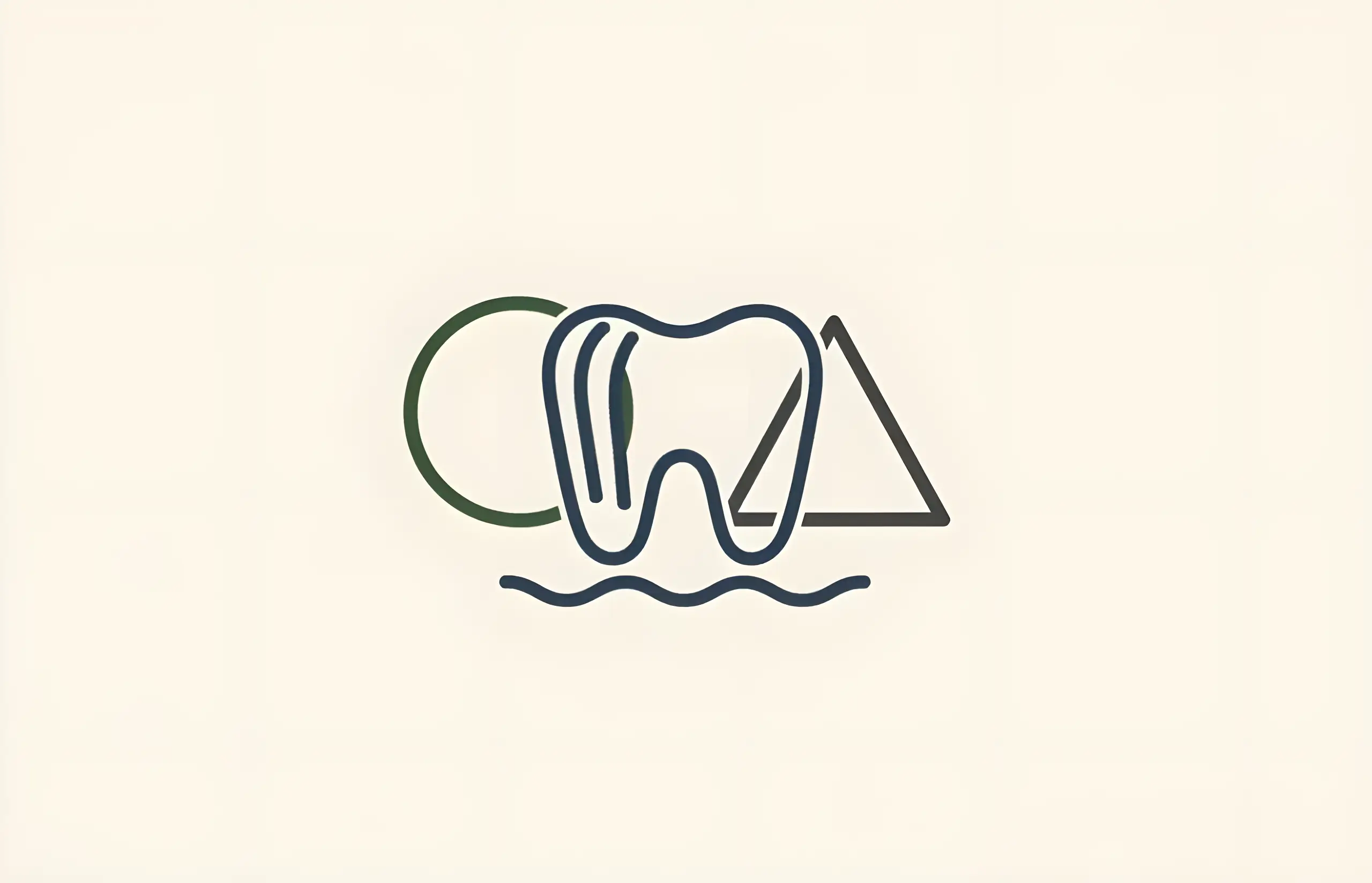
Alternatives to Veneers
Comprehensive guide to cosmetic dentistry alternatives to veneers, including teeth whitening, microabrasion, orthodontics, tooth recontouring, and dental bonding
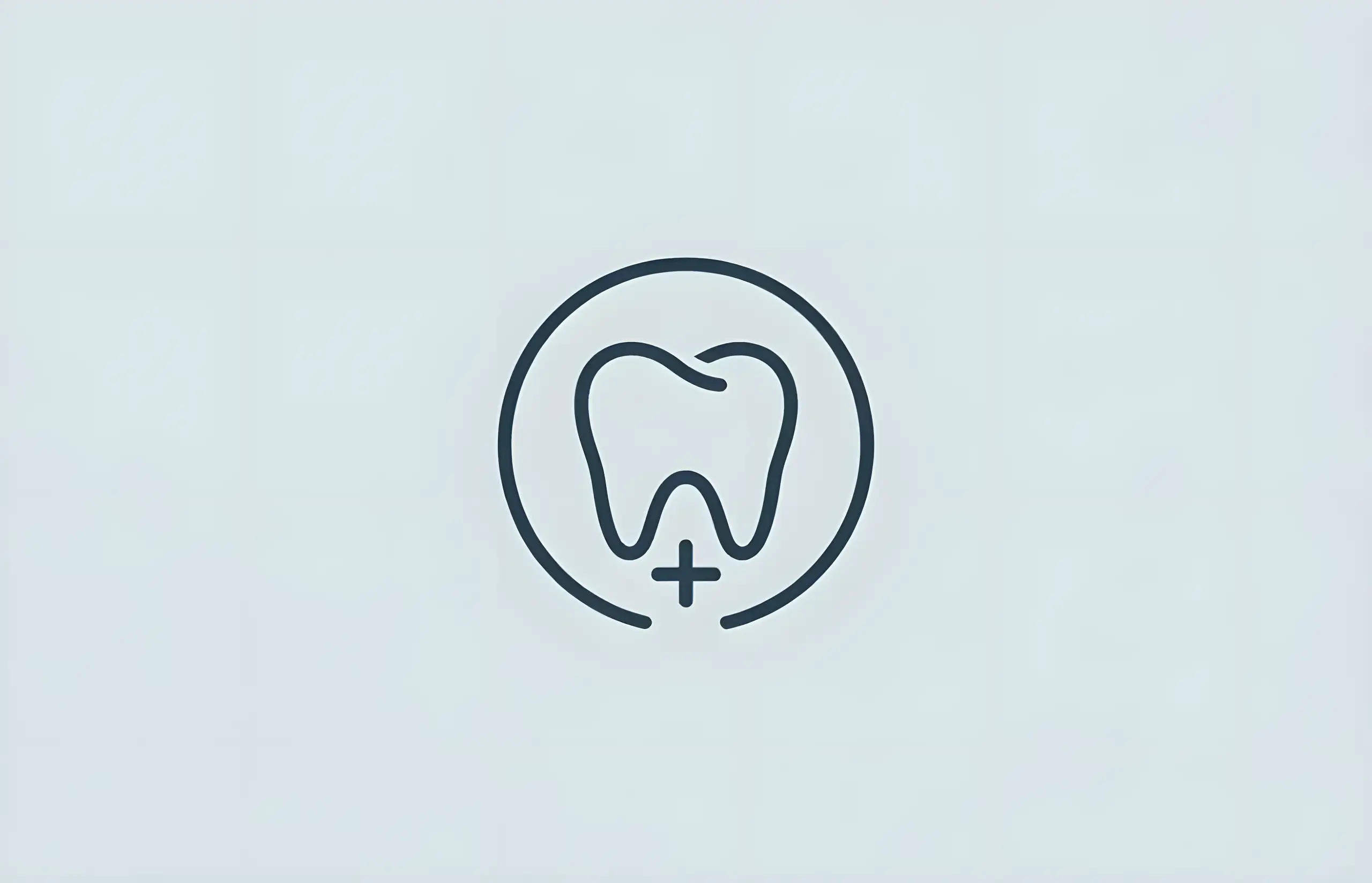
Are Dental Veneers Safe?
Comprehensive guide to dental veneer safety, including risks, complications, success rates, and important considerations for this popular cosmetic procedure

Are Veneers Bad for Your Teeth?
Comprehensive guide to how veneers affect your teeth, including enamel removal, long-term effects, proper placement, and important considerations

Are Veneers Covered By Dental Insurance?
Complete guide to dental veneer insurance coverage, when veneers may be covered, costs without insurance, and other dental procedures typically covered by insurance
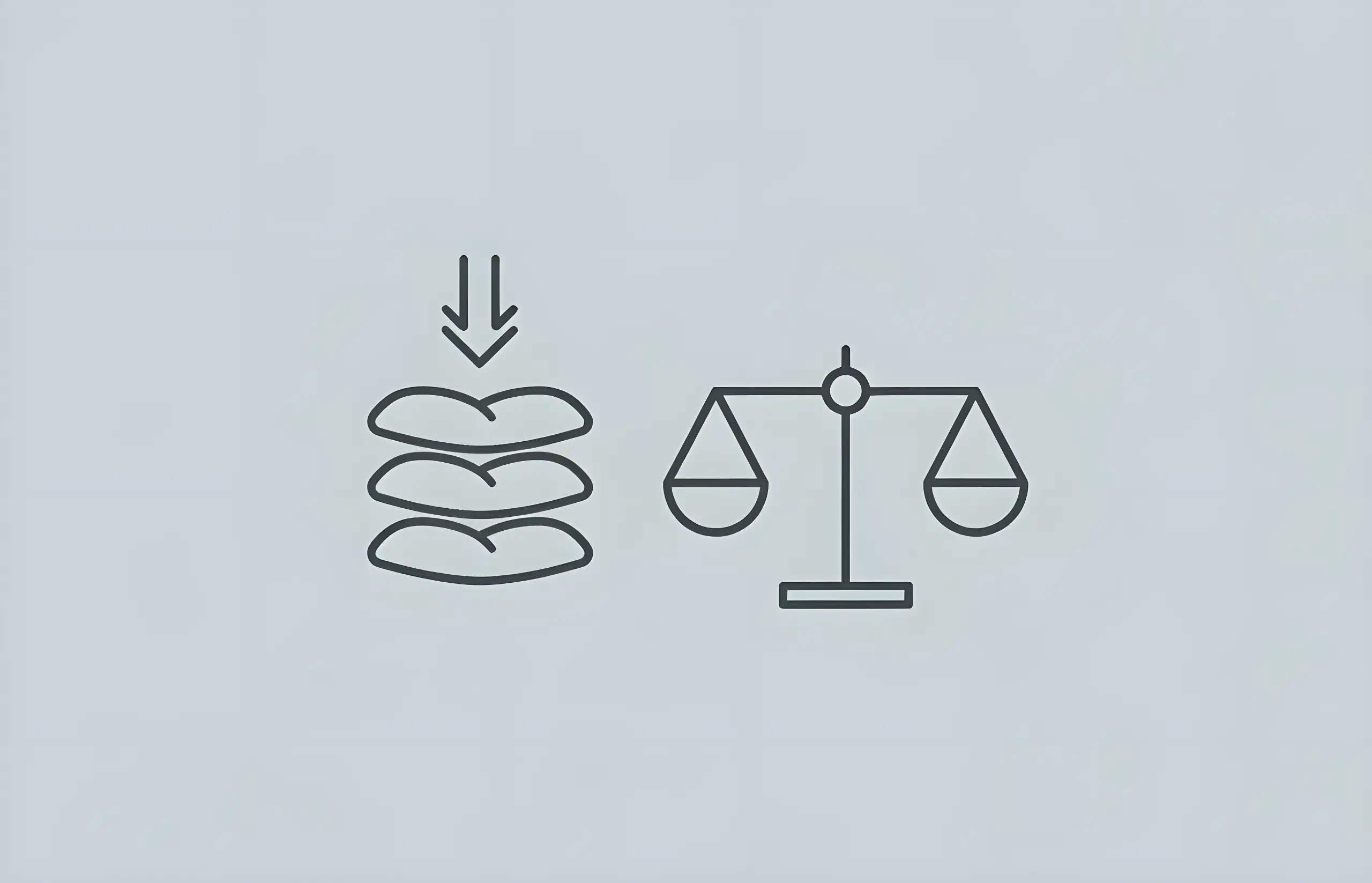
How Much Do Composite Veneers Cost?
A comprehensive guide to composite veneer costs, comparing prices with porcelain veneers and understanding what affects the price

Composite Veneers vs Porcelain Veneers
Comprehensive comparison of composite and porcelain veneers including costs, longevity, aesthetic results, treatment procedures, and which option is best for your smile transformation

Do Veneers Fall Off?
Comprehensive guide to veneer longevity including survival rates, causes of debonding and failure, composite vs porcelain durability, prevention strategies, and how to protect your veneers
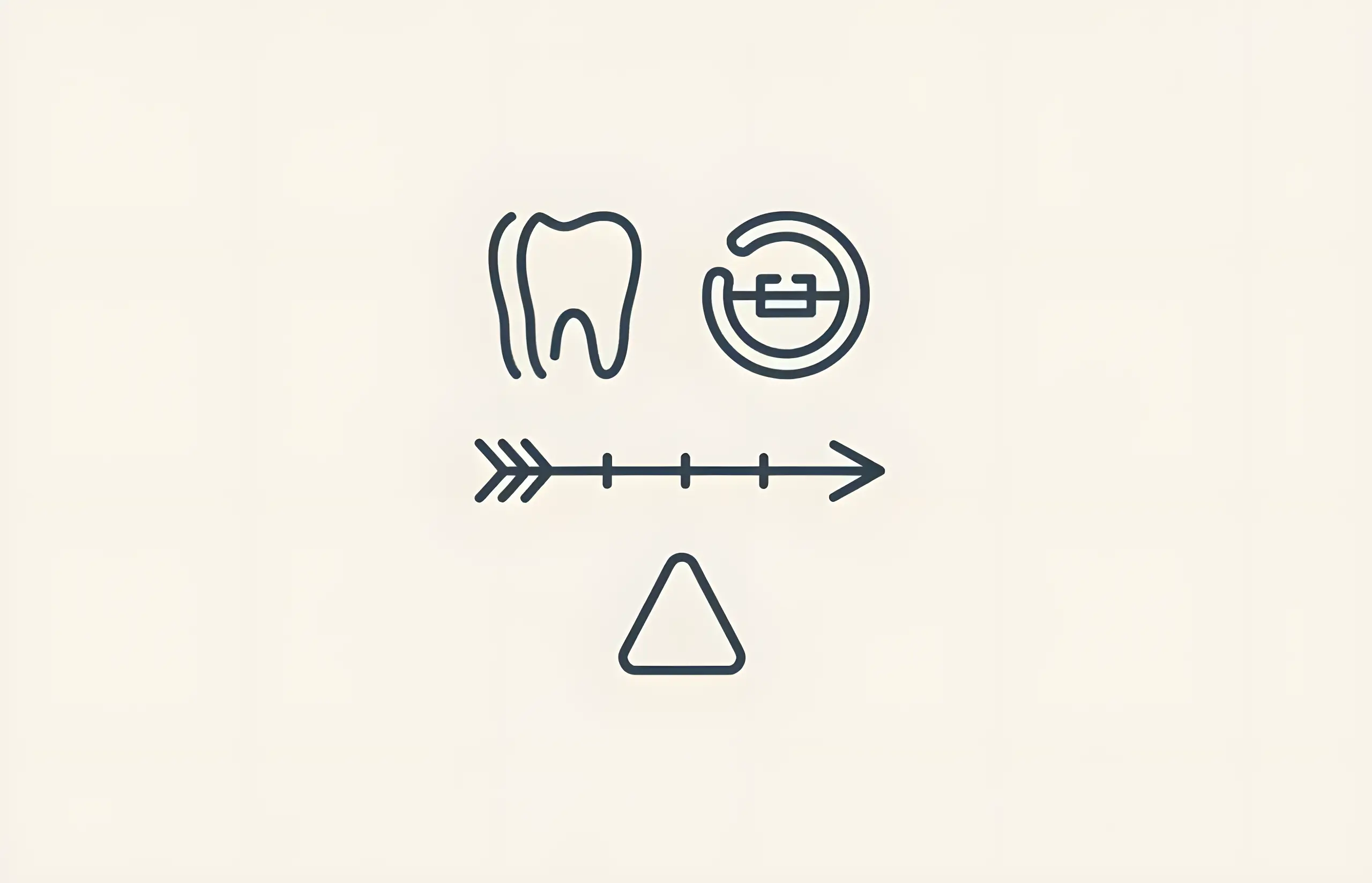
How Long Do Veneers Last?
Comprehensive guide to veneer longevity including survival rates, replacement considerations, irreversible enamel removal, color stability issues, and alternative restoration options
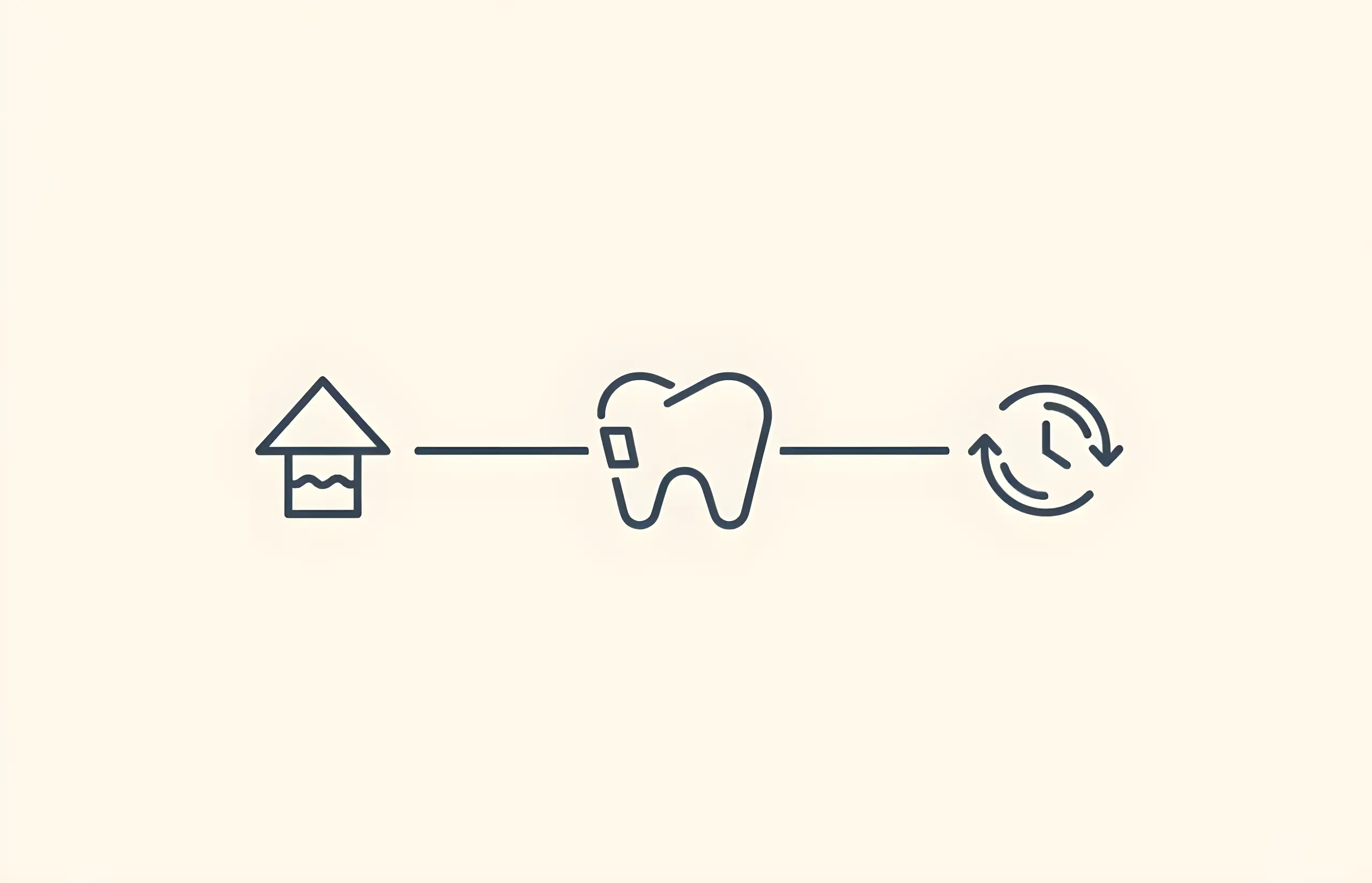
How Long Does It Take To Get Dental Veneers Fitted?
Complete Timeline Guide (3-4 Weeks Total, 94.4% Survival at 5 Years, 93.5% at 10 Years)
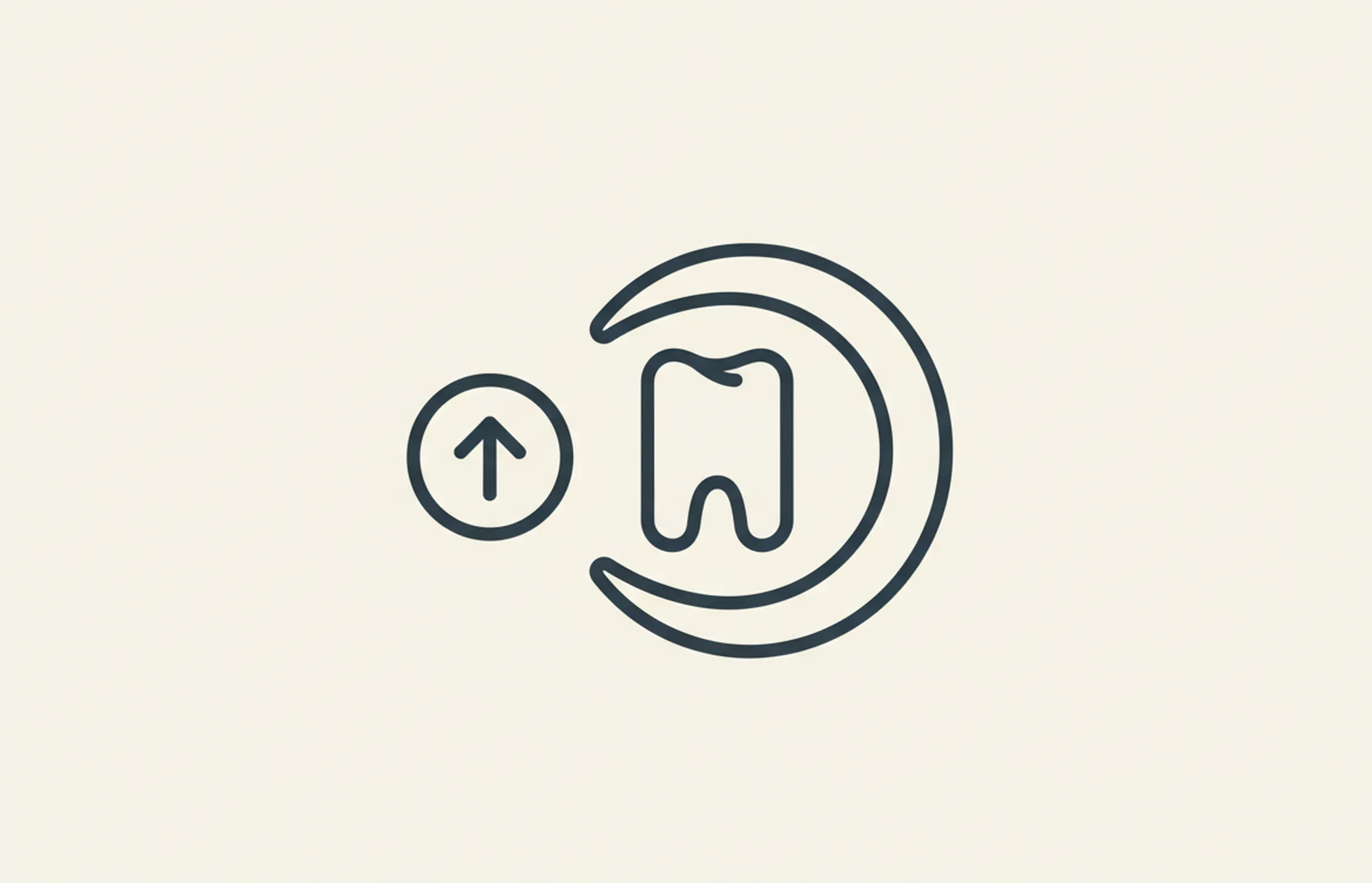
How Old Do You Have To Be To Get Veneers?
Comprehensive guide to age requirements for dental veneers, tooth development considerations, adolescent veneers, enamel bonding requirements, and factors affecting veneer candidacy
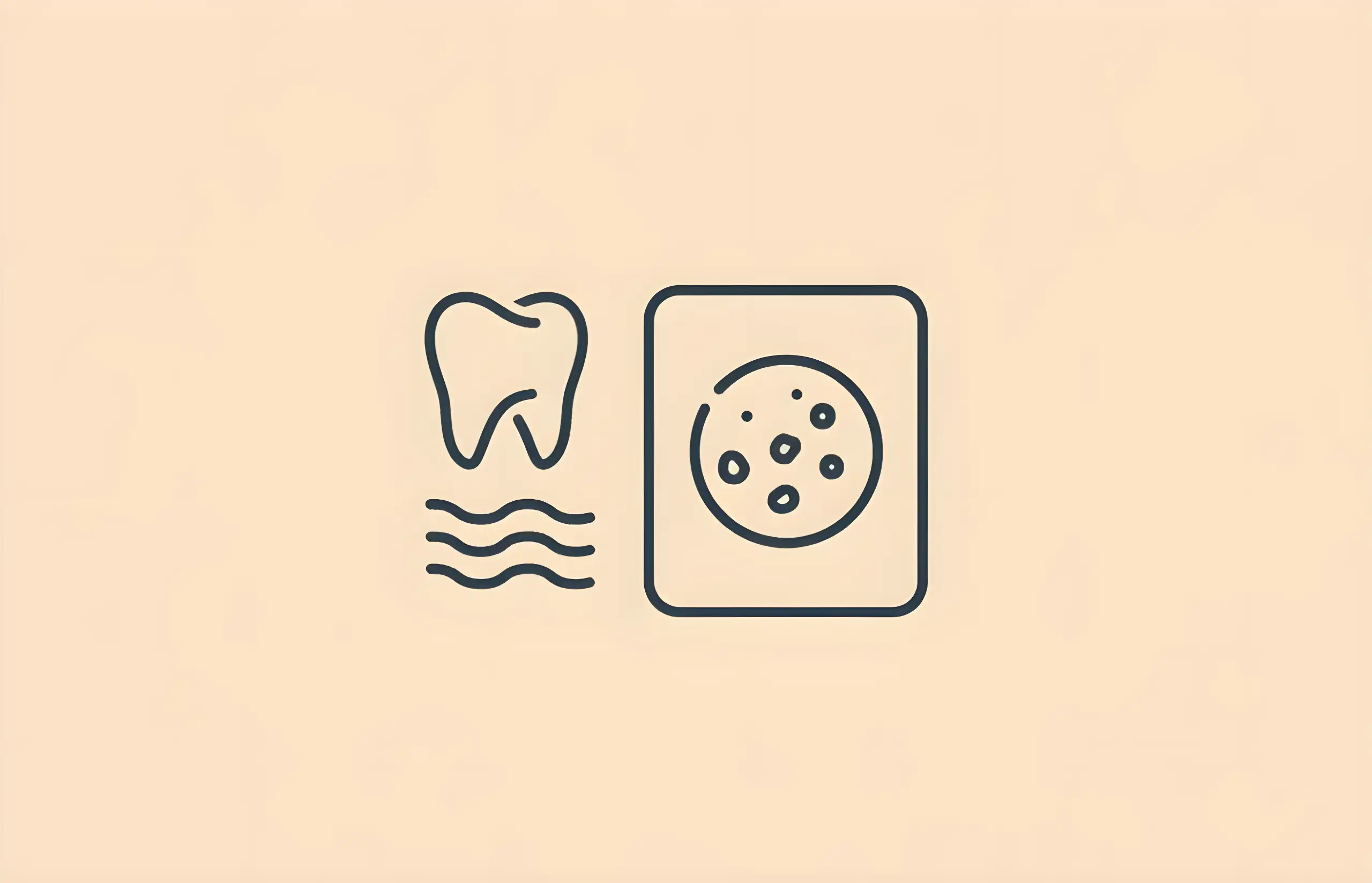
Do Porcelain Veneers Stain?
Comprehensive guide to porcelain veneers staining resistance, marginal discoloration (most common complication), color stability compared to composite, beverage effects (Coca-Cola worst, coffee second), surface roughness impact, and prevention strategies

The Pros and Cons of Veneers
Learn about the advantages and disadvantages of porcelain veneers including improved appearance, durability, stain resistance, cost, maintenance, and who is a suitable candidate
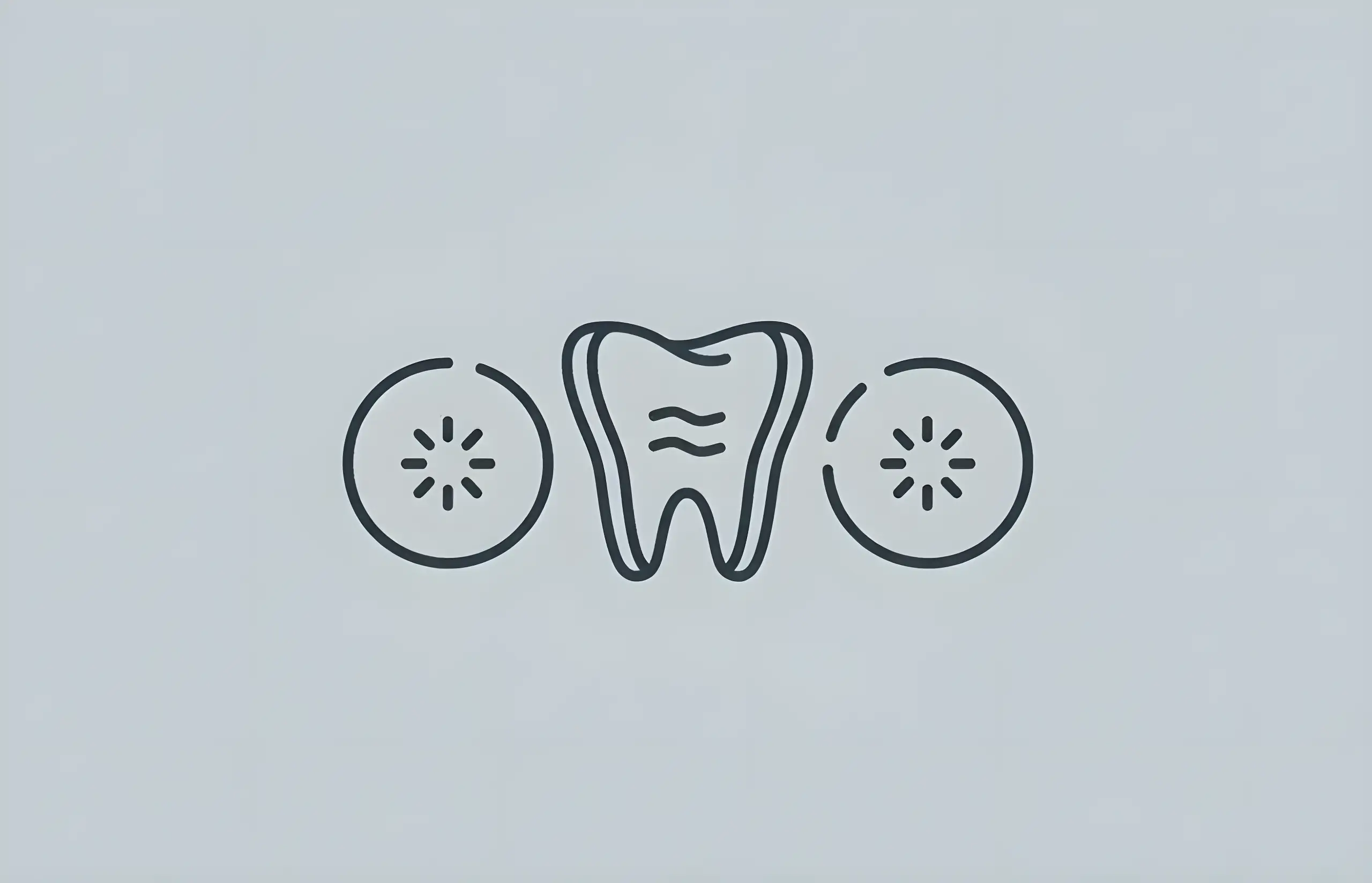
Sensitive Teeth After Veneers
Understanding causes, treatment options, and what to expect when experiencing tooth sensitivity after veneer placement

Different Types of Veneers
Comprehensive guide to veneer types including porcelain, composite, instant, and removable veneers with survival rates, costs, pros and cons, and how to choose the right option

Veneers For Front Teeth Gap
How porcelain veneers can effectively close diastema and improve your smile with a permanent, natural-looking solution
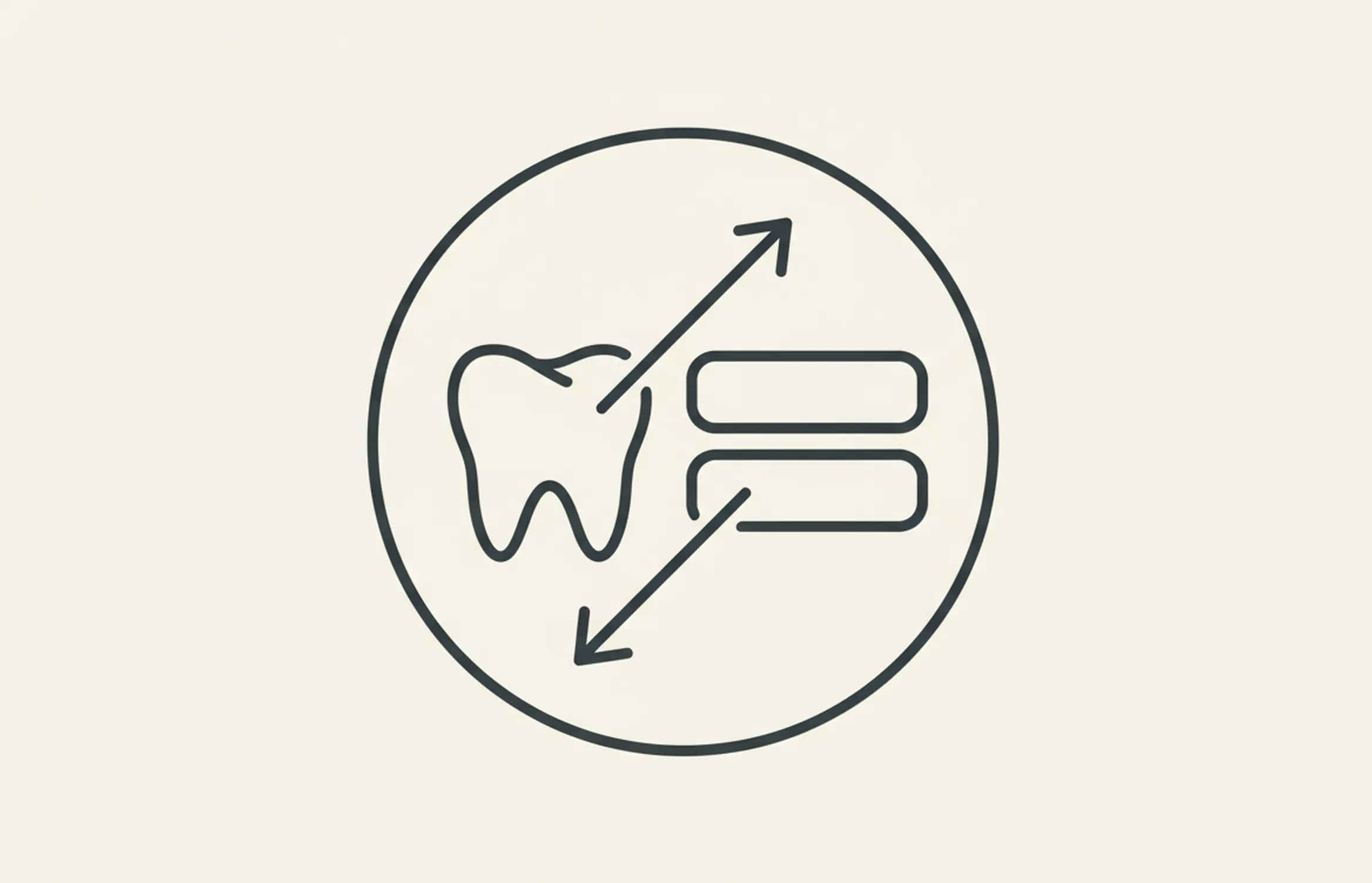
Can You Get Veneers With Crooked Teeth?
Comprehensive guide to using veneers for crooked teeth, including when they work, limitations, material options, and alternative orthodontic treatments
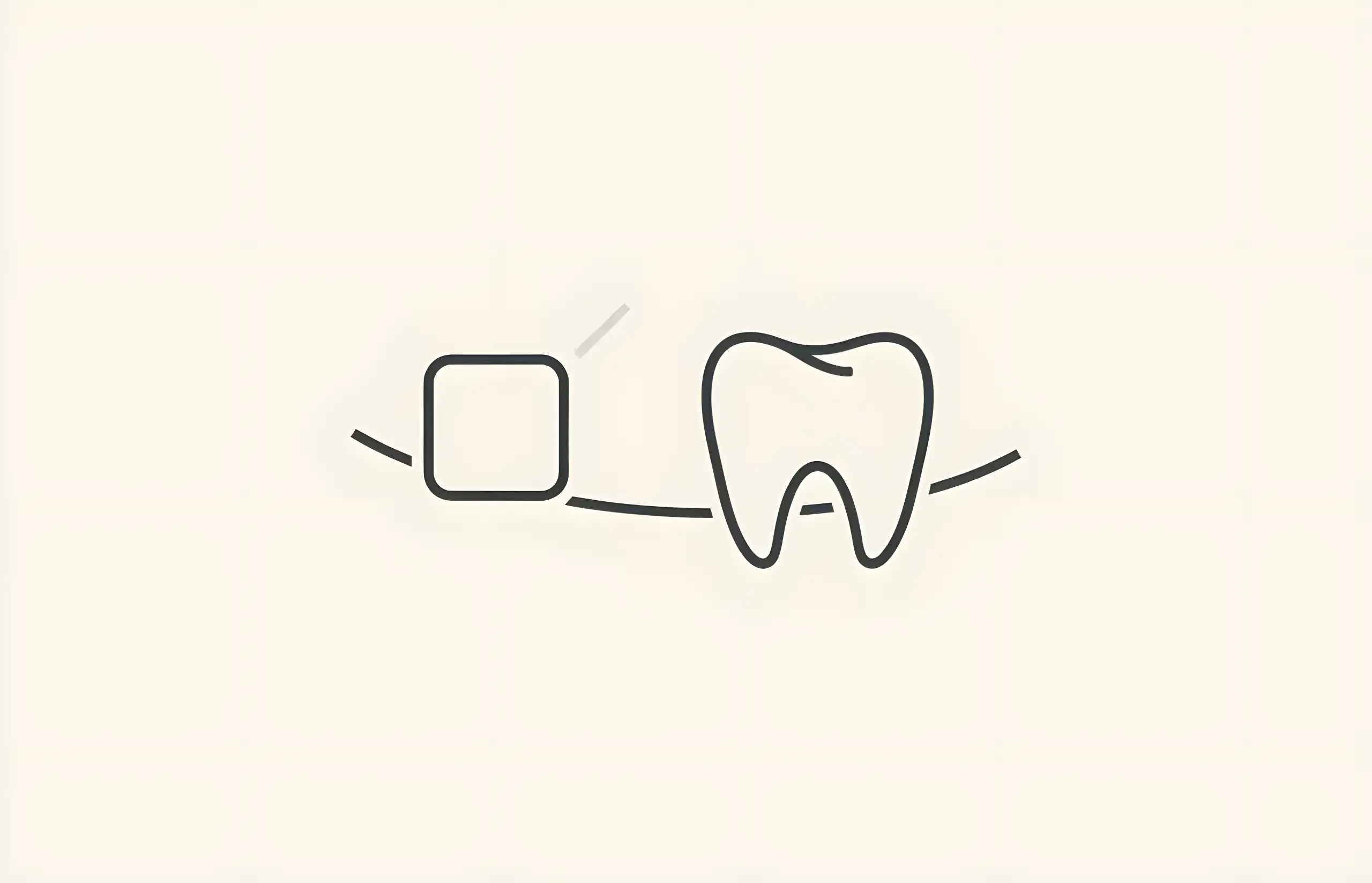
Can You Get Veneers With Missing Teeth?
Complete guide to veneers and missing teeth including why veneers cannot replace missing teeth, treatment limitations, and effective tooth replacement options
About The Dental Guide
The Dental Guide is a trusted online resource providing evidence-based information about dental health, treatments, and procedures. Our content is created and reviewed by qualified dental professionals to help you make informed decisions about your oral health.
Our Mission
- Evidence-based dental information
- Expert-reviewed content
- Clear, accessible explanations
- Latest treatment options
- Patient-focused guidance
Editorial Standards
- GDC-registered dental professionals
- Peer-reviewed sources
- Regular content updates
- Medical accuracy verification
- Transparent authorship
Important Notice
The information on The Dental Guide is for educational purposes only and should not replace professional dental advice. Always consult with a qualified dentist for diagnosis and treatment recommendations tailored to your individual needs and circumstances.
Medically Reviewed
Reviewed by Dr. Nasim Mechoui , BDS (Bristol)
Share this article
Comments & Discussion
Have questions about dental implants? Share your thoughts or experiences.
